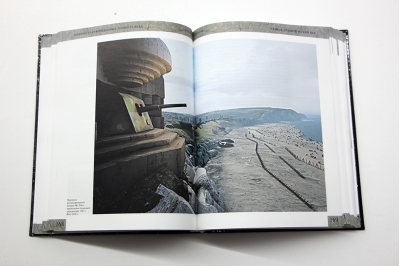Fortified Line Architecture of the 20th Century
39.99 €
Out of stock
The 20th century brought to mankind large-scale wars, whose theaters of war covered vast physical spaces, which, in turn, led to the need to build fortified lines stretching for many hundreds and often thousands of kilometers. This book is the first comprehensive analysis of the largest fortified lines in Western Europe and the Soviet Union, including the Molotov-Stalin, Mannerheim, Siegfried, Maginot, Metaxas, Benes, Swiss Redoubt, and Atlantic rampart, which to varying degrees proved their effectiveness during World War II. The book describes the reasons for the construction of the fortified lines, their armament, architecture, engineering, construction and technological features. Both grandiose multi-storey underground defense nodes and various local structures and network communications connecting them are analyzed. Archival general plans of fortified areas and drawings of individual fortifications, data of Soviet military-engineering intelligence, obtained during the Finnish and Great Patriotic Wars, mostly published for the first time, are given. It is emphasized that the experience of positioning the defense of states, accumulated in the process of combat application of fortified lines in the XX century, has not lost its relevance at present.
See also:
- All books by the publisher
- All books by the author













